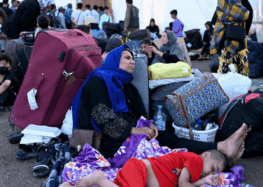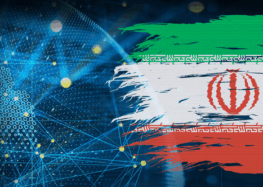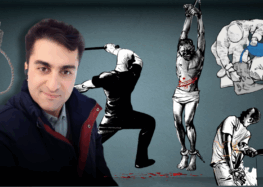One View of Five Executions–“Nobody Believes They Were Terrorists”
A Tehran University student activist told the International Campaign for Human Rights in Iran that there is a lot of sadness about the executions among many students. The students believe that the executions happened under very unfair and questionable conditions.
He told the Campaign: “I was witnessing a relative cooling of the students, especially after 11 February. Of course the upcoming 12 June anniversary [of the 2009 post-elections protests] was about to change the atmosphere a little, but this incident acted like a catalyst. It has not only created a lot of anger in the universities, it has created a wave of anger in the society. If the executions of Alizamani and Rahmanipour created widespread fear and intimidation in the society, scoring a point for the regime on 11 February 2009,…so far these executions have had the exact opposite effect. In fact they have increased the public anger toward a … regime and …. . This can have an effect which is exactly the opposite of what the rulers wished to accomplish through these executions. In this regard, I view these executions the same as the 14 June 2009 attack on Tehran University dormitories which created public anger, leading to the 15 June 2009
protests and the ones after it.”
Regarding public reactions to the state media’s “terrorist” reference in describing the executed activists he said: “People are pessimistic about the rulers. They have lost their trust. Even if the attorneys to the executed individuals hadn’t pointed out the violations in the legal proceedings in the cases, public conscience would not have accepted the claims of the state media, and people would have reacted to this situation. It is clear now that at least three of them had not committed any terrorist crimes, so all people in the society who follow the news unanimously say that these people were executed to increase fear and intimidation before June. The executions were completely political. These people were victims.”






